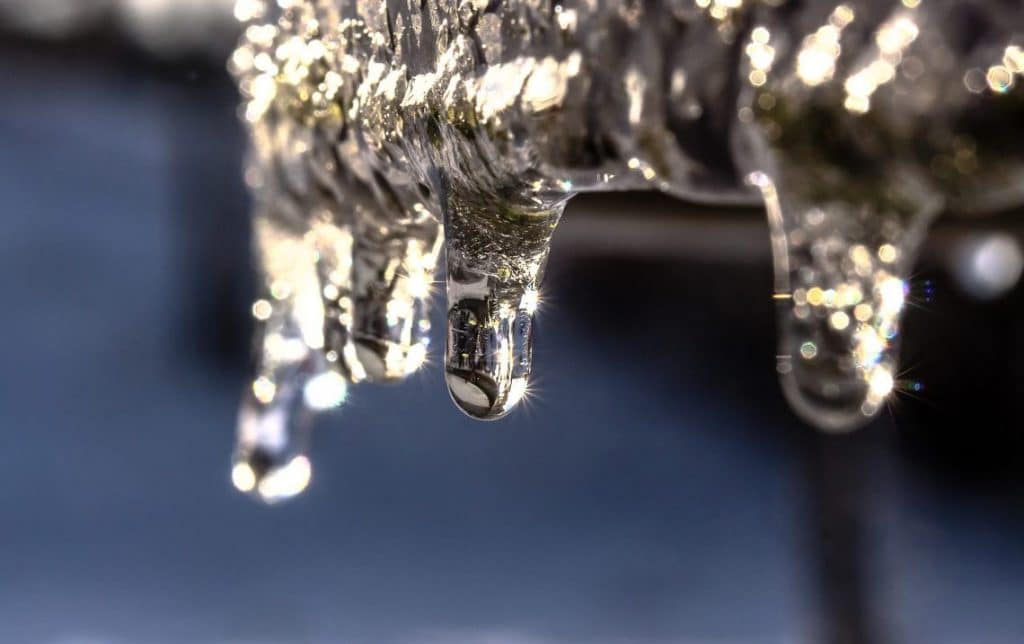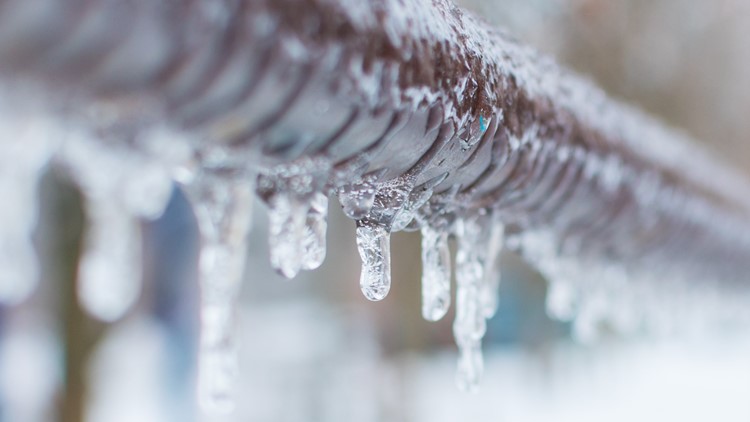Everyone is bound to have their personal piece of advice in relation to 6 Ways to Prevent Frozen Pipes.

Cold weather can wreak havoc on your pipes, especially by freezing pipes. Right here's how to stop it from happening and what to do if it does.
Intro
As temperatures drop, the risk of icy pipelines rises, possibly resulting in pricey repair work and water damages. Understanding exactly how to stop frozen pipes is crucial for house owners in cold climates.
Recognizing Frozen Pipes
What triggers pipes to freeze?
Pipes ice up when subjected to temperature levels listed below 32 ° F (0 ° C) for prolonged periods. As water inside the pipelines ices up, it broadens, taxing the pipeline walls and potentially triggering them to burst.
Risks and problems
Icy pipelines can bring about water disturbances, residential or commercial property damage, and expensive fixings. Ruptured pipes can flooding homes and trigger comprehensive architectural damages.
Indications of Frozen Pipes
Identifying icy pipes early can prevent them from rupturing.
How to determine icy pipelines
Seek decreased water circulation from faucets, unusual smells or noises from pipes, and visible frost on subjected pipelines.
Prevention Tips
Protecting susceptible pipes
Cover pipes in insulation sleeves or make use of heat tape to protect them from freezing temperatures. Focus on pipes in unheated or outside areas of the home.
Heating techniques
Keep interior areas properly heated, especially areas with pipes. Open up cabinet doors to permit cozy air to distribute around pipes under sinks.
Protecting Exterior Plumbing
Yard pipes and outdoor faucets
Separate and drain pipes garden hoses prior to winter season. Install frost-proof faucets or cover outdoor faucets with shielded caps.
What to Do If Your Pipes Freeze
Immediate activities to take
If you believe frozen pipes, keep faucets open up to relieve pressure as the ice thaws. Utilize a hairdryer or towels taken in warm water to thaw pipelines slowly.
Long-Term Solutions
Structural changes
Consider rerouting pipes away from outside wall surfaces or unheated locations. Include extra insulation to attics, basements, and crawl spaces.
Updating insulation
Invest in top notch insulation for pipelines, attic rooms, and walls. Correct insulation aids preserve consistent temperature levels and minimizes the risk of icy pipelines.
Final thought
Stopping icy pipelines requires aggressive actions and fast responses. By understanding the reasons, indicators, and safety nets, homeowners can protect their pipes during cold weather.
Helpful Tips to Prevent Frozen Pipes this Winter
UNDERSTANDING THE BASICS: WHY PIPES FREEZE AND WHY IT’S A PROBLEM
Water freezing inside pipes is common during the winter months, but understanding why pipes freeze, and the potential problems it can cause is crucial in preventing such incidents. This section will delve into the basics of why pipes freeze and the associated problems that may arise.
THE SCIENCE BEHIND FROZEN PIPES
When water reaches freezing temperatures, it undergoes a physical transformation and solidifies into ice. This expansion of water as it freezes is the primary reason pipes can burst. As the water inside the pipe freezes, it expands, creating immense pressure on the walls. If the pressure becomes too great, the pipe can crack or rupture, leading to leaks and water damage.
FACTORS THAT CONTRIBUTE TO PIPE FREEZING
Low Temperatures: Extremely cold weather, especially below freezing, increases the risk of pipes freezing. Uninsulated or Poorly Insulated Pipes: Pipes located in unheated areas, such as basements, crawl spaces, or attics, are more prone to freezing. Insufficient insulation or lack of insulation altogether exacerbates the problem. Exterior Wall Exposure: Pipes running along exterior walls are susceptible to freezing as they encounter colder temperatures outside. Lack of Heating or Temperature Regulation: Inadequate heating or inconsistent temperature control in your home can contribute to frozen pipes. PROBLEMS CAUSED BY FROZEN PIPES
- Pipe Bursting: As mentioned earlier, the expansion of water as it freezes can cause pipes to burst, resulting in significant water damage.
- Water Damage: When pipes burst, it can lead to flooding and water damage to your property, including walls, ceilings, flooring, and personal belongings.
- Structural Damage: Prolonged exposure to water from burst pipes can compromise the structural integrity of your home, leading to costly repairs.
- Mold and Mildew Growth: Excess moisture from water damage can create a favorable environment for mold and mildew growth, posing health risks to occupants.
- Disrupted Water Supply: Frozen pipes can also result in a complete or partial loss of water supply until the issue is resolved.
WHY CERTAIN PIPES ARE MORE PRONE TO FREEZING
- Location: Pipes located in unheated or poorly insulated areas, such as basements, crawl spaces, attics, or exterior walls, are at higher risk of freezing.
- Exterior Pipes: Outdoor pipes, such as those used for irrigation or exposed plumbing, are particularly vulnerable to freezing as they are directly exposed to the elements.
- Supply Lines: Pipes that carry water from the main water supply into your home, including the main water line, are critical to protect as freezing in these lines can affect your entire plumbing system.
- Underground Pipes: Pipes buried underground, such as those connected to sprinkler systems or outdoor faucets, can be susceptible to freezing if not properly insulated.
https://busybusy.com/blog/helpful-tips-to-prevent-frozen-pipes-this-winter/

We hope you enjoyed reading our piece on Helpful Tips to Prevent Frozen Pipes this Winter. Thank you so much for taking a few minutes to read through our article post. Enjoyed our post? Please share it. Help other people locate it. Thank you for your time. Come back soon.
Call Today